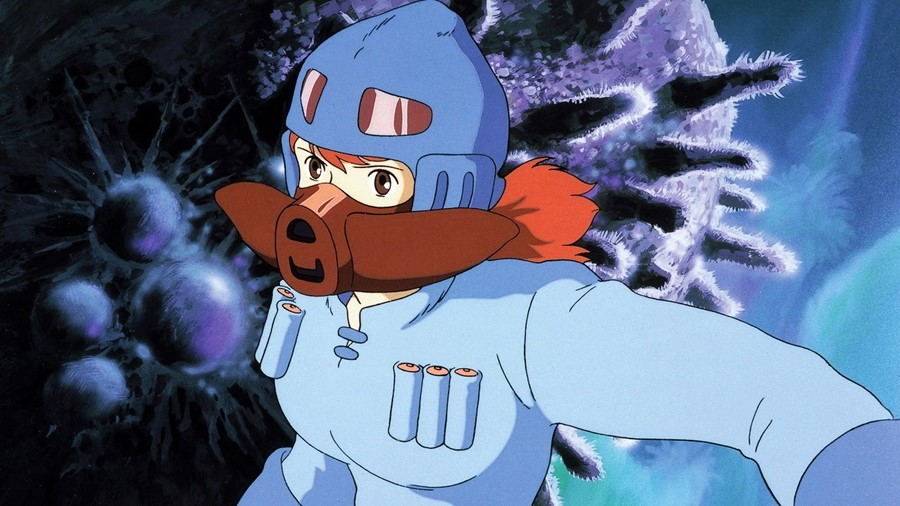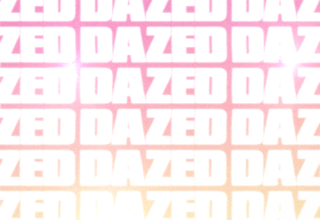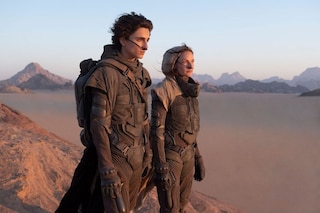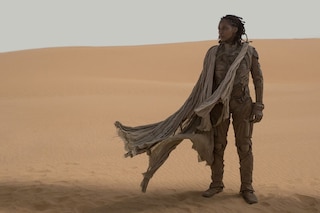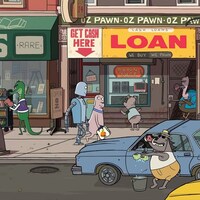The Studio Ghibli film has been dubbed anime’s answer to Frank Herbert’s 1965 space epic
Colossal beasts, messianic prophecies, post-apocalyptic worlds. We are, of course, talking about Frank Herbert’s 1965 space epic Dune. Hailed as one the great cornerstones of sci-fi literature, the book has inspired a legion of failed film attempts, from Alejandro Jodorowsky to Ridley Scott to David Lynch. Lesser known, however, is its influence on Hayao Miyazaki’s 1984 classic Nausicaa of the Valley of the Wind. Some online commentators have even dubbed it anime’s answer to Dune.
Often regarded as the first Studio Ghibli film (its success at box office gave Miyazaki the funding to co-found the animation studio a year later), Nausicaa has many crossovers with Herbert’s novel – ecology and the environment, the fall of empires, eco-warrior messiahs. Taking place in a post-apocalyptic Earth, where humanity has been overrun by a vast toxic jungle swarming with giant mutant insects, Miyazaki sought to create a story, set in a Dune-like universe, that mirrored his own anti-war sentiments.
The titular protagonist is a strong-willed warrior princess, who becomes embroiled in a struggle with the Tolmekia kingdom. Their plan is to eradicate the jungle using gigantic humanoid bioweapons called Giant Warriors, and destroy the enormous invertebrates, Ohmu, that inhabit it in the process. What they don’t realise is that the Ohmu are a crucial part of the ecosystem. They are what keeps the toxic forest at bay. Without them, humanity would cease to exist.
Herbert’s vision of a feudal intergalactic empire in which political tensions collide with mystical theologies and industrial interests has undeniable parallels with Nausicaa. Like Miyazaki’s young protagonist, Paul (played by Timothée Chalamet in Denis Villeneuve’s upcoming adaptation) must also venture through inhospitable terrain – the desert planet Arrakis (AKA Dune) – and learn to tame the enormous sandworms that inhabit its vast deserts. The sandworms are protectors of the spice, a mind-enhancing drug that’s mined as a precious resource across the universe. It’s through this process, and befriending the native Freman people, that Paul is able to defeat the Harkonnen enemy forces and becomes Emperor.
DUNE - A Studio Ghibli film
— Secrets of Dune | Ralí (@SecretsOfDune) September 8, 2020
Via @comaboysleep#Dunepic.twitter.com/N5mrGjDKMO
Admittedly, this is where the plots start to differ. Whereas Nausicaa’s villains want to destroy the forest, they aren’t malevolent, but rather, misguided. They believe that they are helping humanity, and when proven wrong, show a capacity towards redemption. This is a Ghibli film, after all. In contrast, Dune’s villains want to take control of the spice and, by extension, the universe.
Both can be interpreted as precautionary tales of greed, filtered through an anthropocenic lens. But Herbert’s plot is grittier, more real. Still, with the first part of Denis Villeneuve’s Dune slated for release on October 22, it’s exciting to see Herbert’s writings translated onto the big screen. While there won’t be Ghiblified sandworms to capture our imaginations, the magnitude of Villeneuve’s work will no doubt inspire a more widespread delve into the countless cultural artefacts inspired by the inimitable book.
